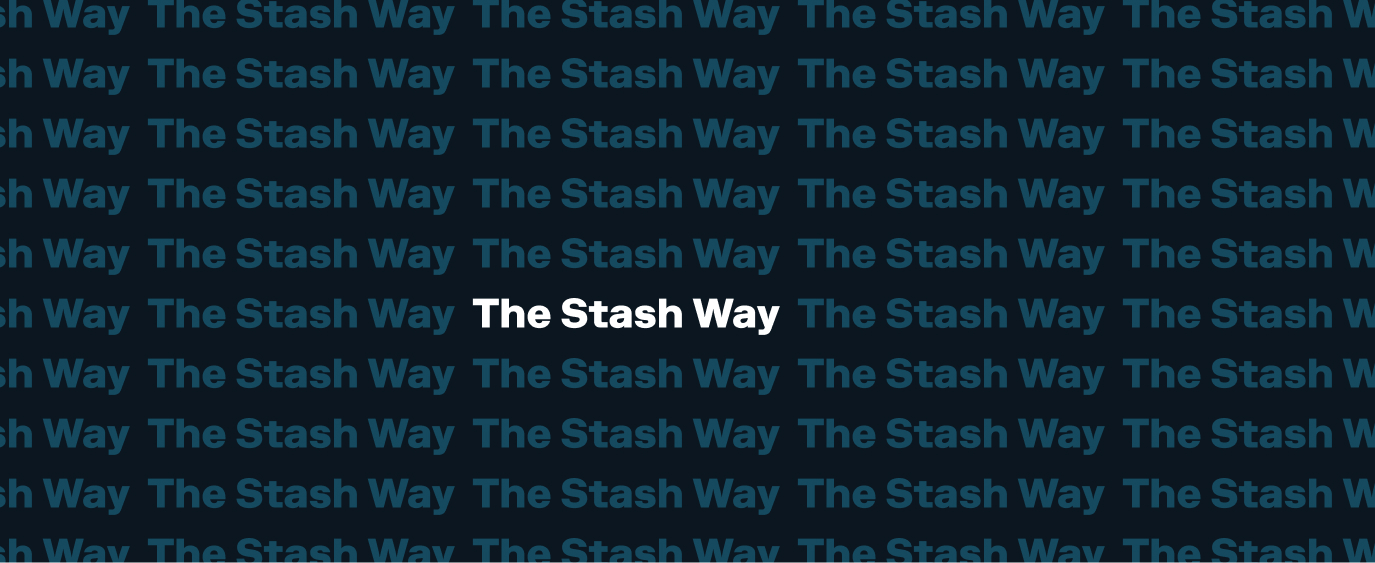Freeriding: Definition, Examples and Penalties
What’s freeriding?
Freeriding happens when someone buys a security with unsettled funds in the account and subsequently sells the security before fully paying for it. Please note that securities freeriding is a violation of the Federal Reserve Board’s Regulation T.
Freeriding example 1:
- Alan has $0 cash available to trade.
- On Tuesday morning, Alan buys $10 of ABC stock.
- No payment is received from Alan by Thursday’s settlement date.
- On Friday, Alan sells ABC stock for $18 to cover the cost of his purchase.
A freeriding violation occurs because Alan did not pay for the stock in full prior to selling it.
Freeriding example 2:
- Tony has $50 cash available to trade.
- On Monday morning, she buys $100 of XYZ stock with the intention of sending a $50 payment before Wednesday through an electronic funds transfer.
- On Monday after hours, XYZ stock rises dramatically in value due to higher than expected earnings.
- Later in the day on Tuesday, Tony sells XYZ stock for $150 and decides it is no longer necessary to send the $50 payment.
A freeriding violation has occurred because the $100 purchase of XYZ stock was paid for, in part, with proceeds from the sale of XYZ stock.
What’s the penalty for a freeriding violation?
If you incur a freeriding violation, your Stash account will be restricted to trade on settled funds for the next 90 calendar days. This means you will only be able to buy securities with settled cash in your account. Any incoming external ACH transfer you make will be considered settled after 3 banking days.
If you incur a second freeriding violation during the next 90 days while your account is restricted in accordance with the above, you will break the terms of Stash’s Advisory Agreement and your Stash account(s) will be permanently closed.
Related questions View all Tips & Guidance
-
Q. StashWorks Employee FAQs
Why should I enroll in StashWorks? Stash makes saving money easy, fun and rewarding for millions of customers. On StashWorks, you can automatically put money into a saving solution, instantly access your funds in case of an emergency, and take unlimited advantage of a wealth of financial content and guidance to build confidence and good habits along the way.…
-
Q. StashWorks Contribution Streaks
Looking to take control of your finances? As a StashWorks customer, you can earn up to $55 by setting up payroll contributions into your Stash account. To get started, set up a direct deposit from the employer who sponsors your StashWorks subscription to your Stash banking account,…
-
Q. IRA Close or Withdrawal State IRA Withholding Requirements
Traditional IRA required state withholdings. If you’re requesting to make a partial withdrawal from your Traditional Individual Retirement Account (IRA), or to close it completely, you’ll need to fill out a withdrawal form before the account can be closed. On this form,…
Didn’t find your question?
Tell us what you’re looking for, and we’ll search for resources that could help.
Ask your question

